Baghdad
Baghdad is the capital of Iraq, and the second-largest city in the Arab world, after Cairo. It is located on the Tigris near the ruins of the ancient Akkadian city of Babylon, and the Sassanid Persian capital of Ctesiphon.
add to wishlist
AL- Kadhimia Shrine
ReligiousAL- Kadhimia Shrine AL-Kadhimia includes the tomb of imam Mosa Al-Kadhim and the tomb of his grandson imam Mohammed Al-Jawad (peace be upon them ) with a big mosque , two big domes and four golden minarets , the mosque was built in 1515 AD. Imam Mosa Al- Kadhim spent great part of his life in prison and lived a critical time of Muslims history , he was called Al-Kadhim
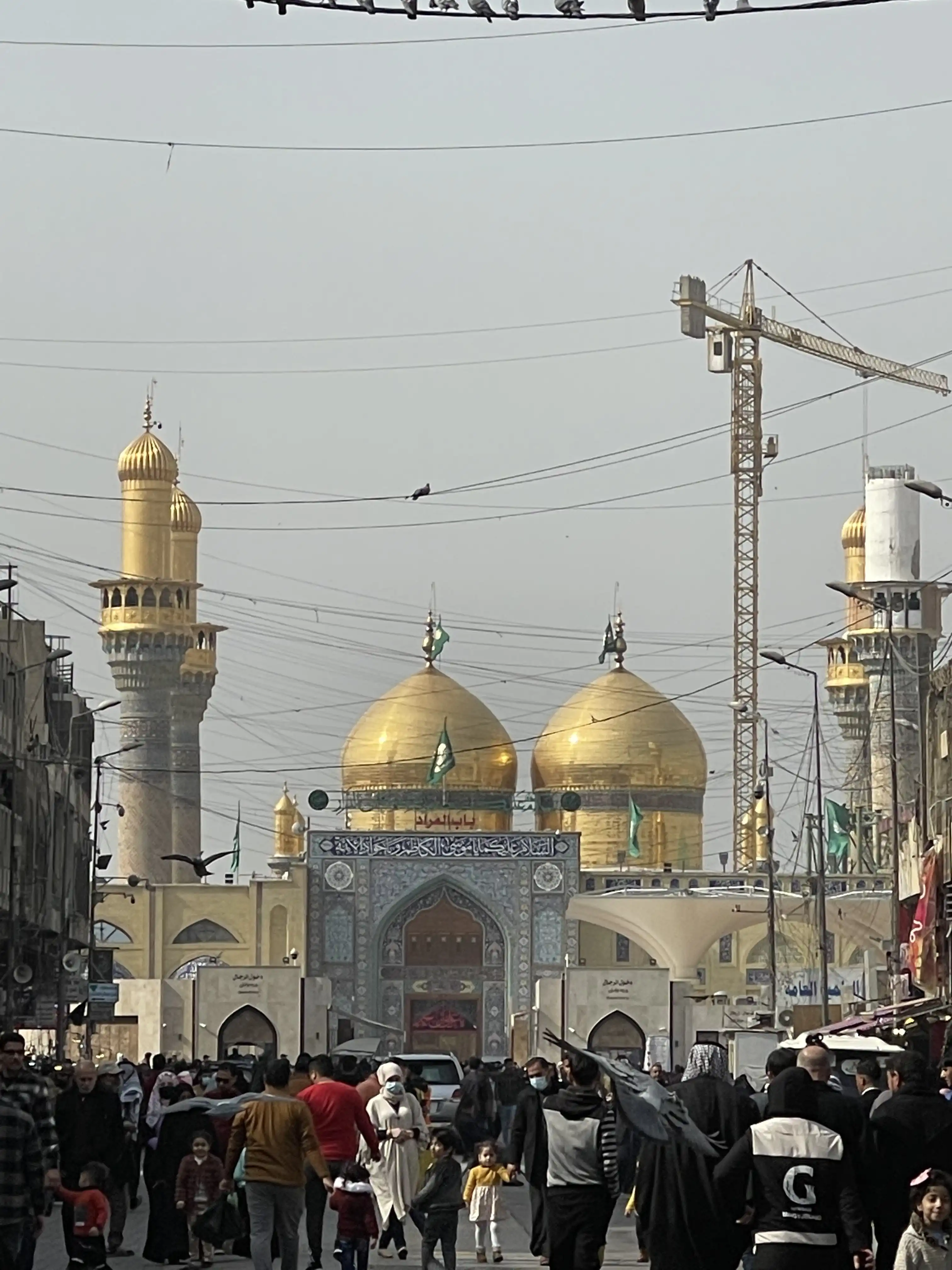
Abbasid Palace
ArchaeologyAbbasid Palace One of the most important historical buildings in Baghdad during the second Abbasid era ,its location is near Al-Moadam Gate beside the river ,researchers says that it had been built in the time of Al-Nasir Caliph,11791225- many of Baghdad landmarks had been built in his ruling time.
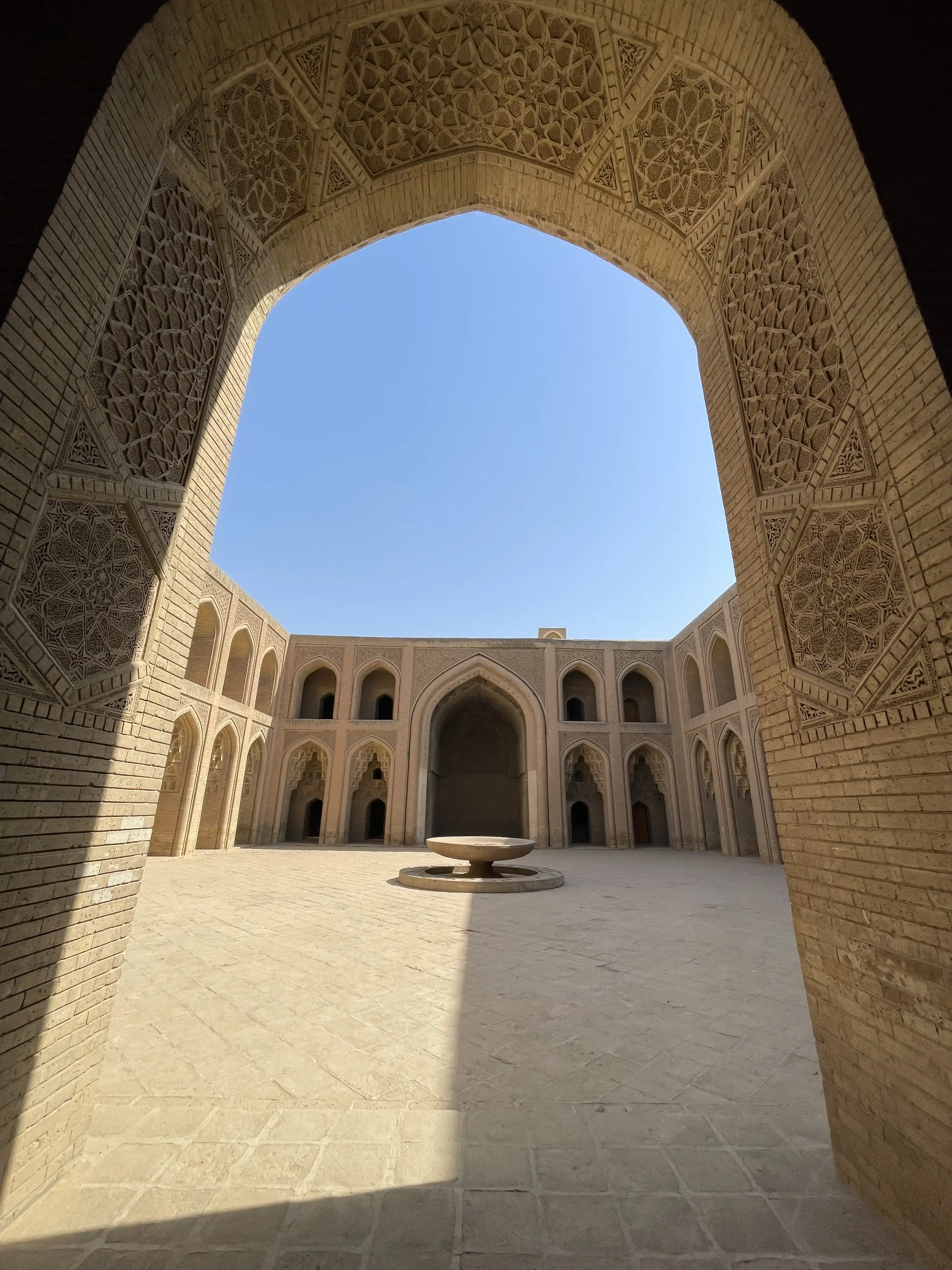
Al Tahrir Monument or The Freedom Monument
MemorialIt was opened in 1961 in Baghdad and in the most popular square ,(Al-Tahreer square)in the Eastern Gate ,where you can see the monument standing as a witness of Iraqi modern history and a symbol for people revolution against slavery and dependency .Freedom Monuments is one of the most important artistic works of the famous late sculptor Jawad Saleem and his last one .
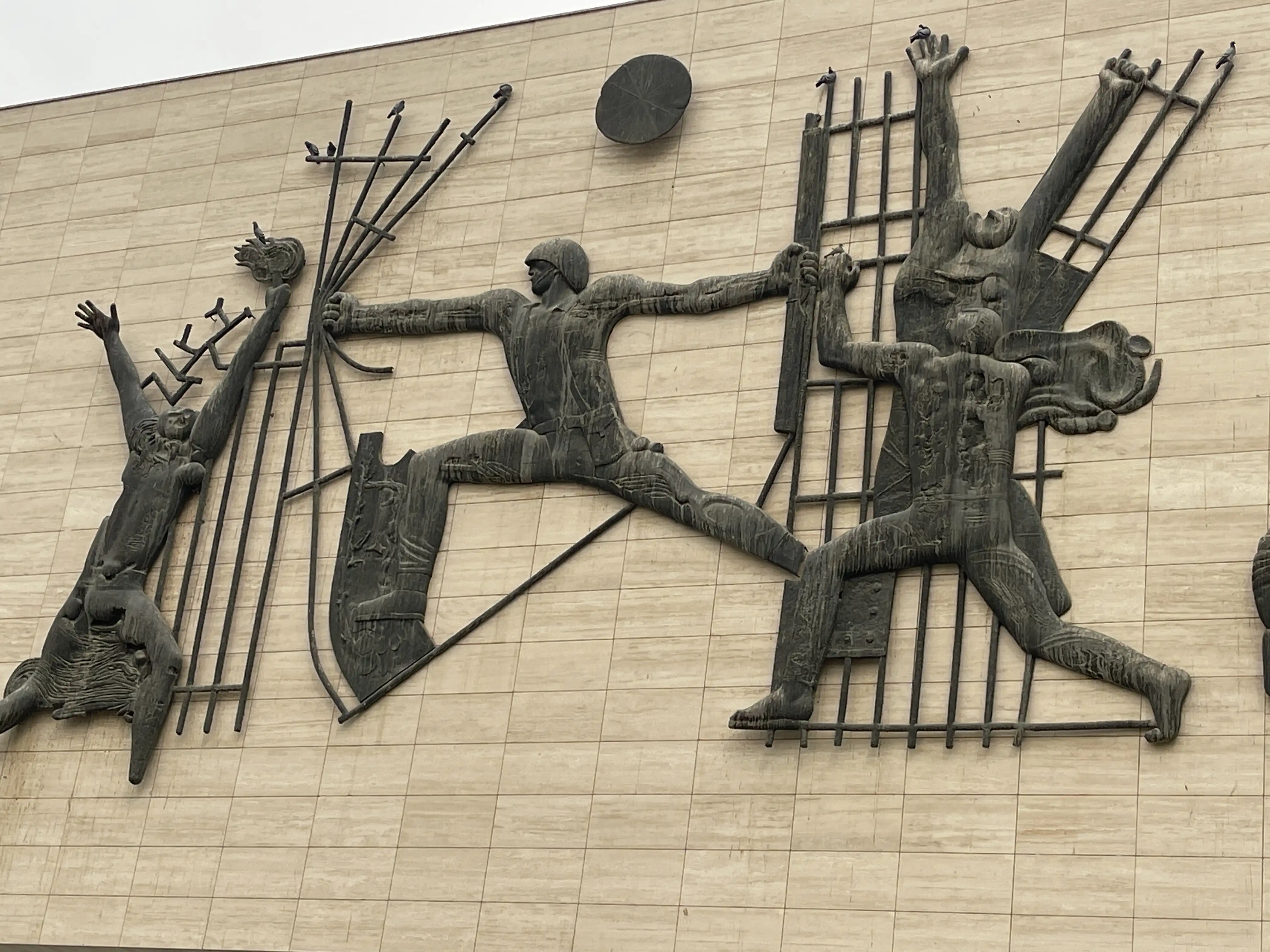
Al-Mustansiriya School
HistoricIt is one of the most important universities in the Islamic world .it gained its importance because of its role in teaching Arabic and religious sciences ,astronomy ,math, medicine and pharmacy .it contained special hospital to train students ,it is located in Al- Risafa side of Baghdad near Al-Shuhada bridge and overlooks on Tigris ,the school was founded at time of Al –mustansir the Abbasid Caliph and got his name ,he is the thirty seventh caliph who his ruling extended from (623640-)hijri,and (12261242-)in
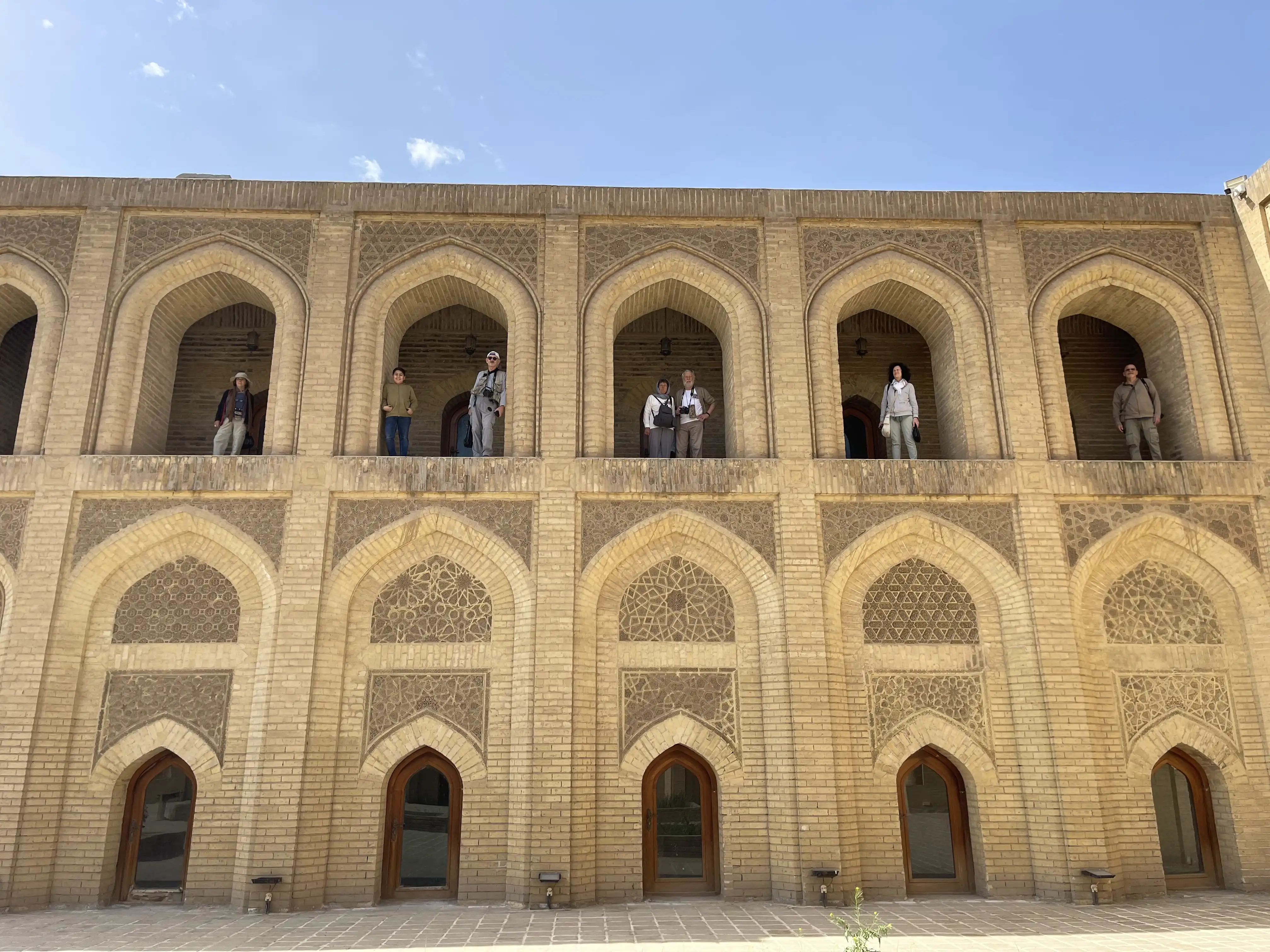
Al-Mutanabi Street or Book street
HistoricIt is located in the middle Baghdad,close to Al-Maidan area and Al-Rasheed Street ,it is considered the cultural market for people of Baghdad ,where the movement of selling and buying books is flourished especially in Fridays .it contains an old printing house from the nineteenth century and many book shops which have rare manuscripts and books in addition to many traditional buildings like Al-Qishleh,on the other side on the banks of Tigris you can see the cultural center, which contains many halls where lectures , forums and cultural activities are held .At the end of street you see one of the oldest cafes in Baghdad (Al-Shabender café ),the street is a market for selling books and old and modern magazines .
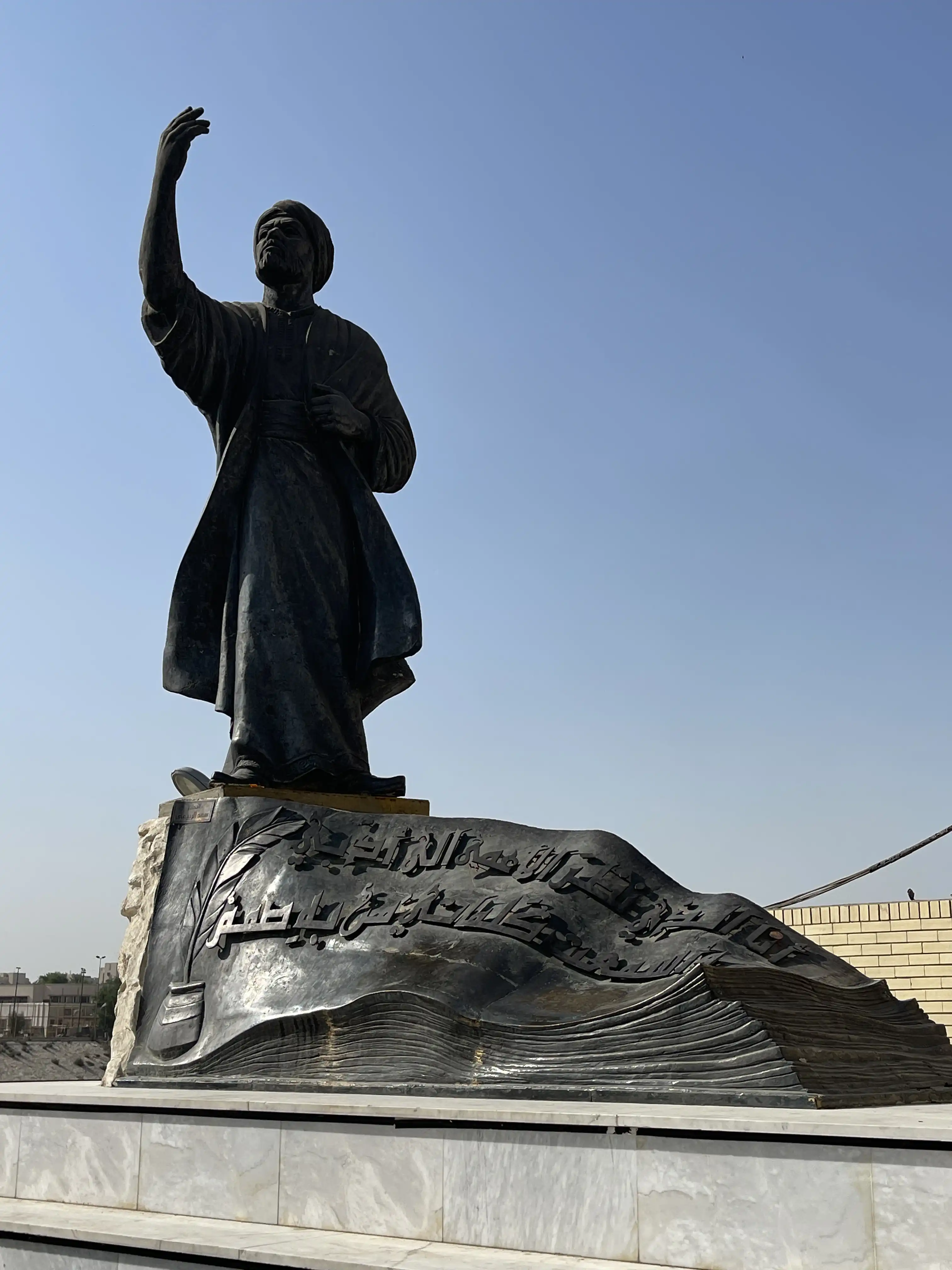
Al-Qushla Clock .
HistoricAl-Qushla Clock . One of the most important historical monuments in Baghdad ,it is located at the eastern side of Baghdad ,which known nowadays as Al-mutanabi street .it is considered as it was known previously (old government sarai),one of the traditional Baghdadi buildings , which was built in the second half of nineteenth century ,when Baghdad was a state belongs to Ottoman Empire ,Turkish ruler (Wali) of Baghdad the great Namiq Basha commenced to build this building in 1861 to be the center of state and its official buildings and military base as well ,then to be completed by (Midhat Basha).Qishla is considered today as a Forum for many visitors of Al-Mutanabi street and a place to hold social and cultural activities ,as well as, art exhibitions .
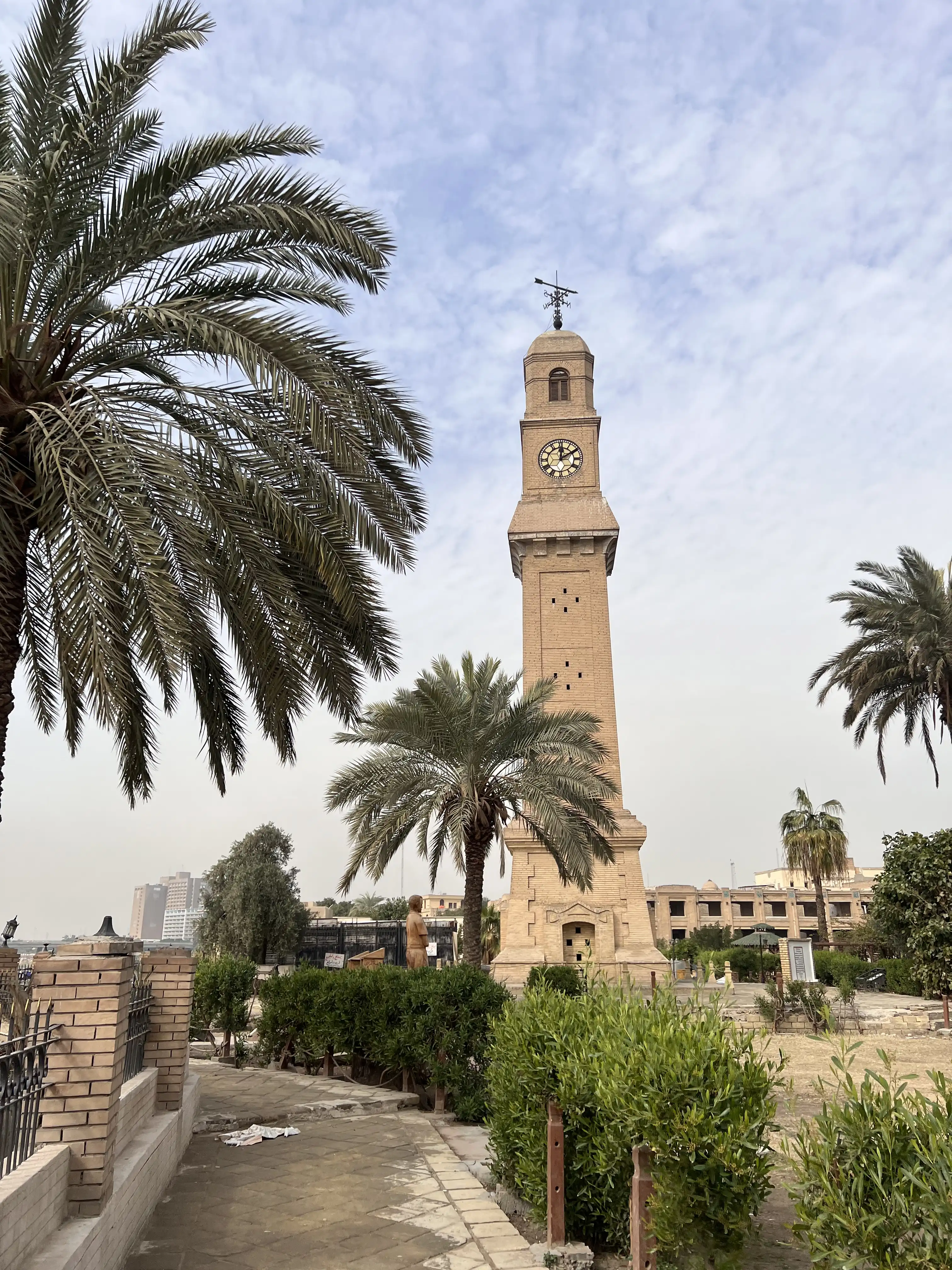
Al-Rasheed Street
ShoppingAl-Rasheed Street One of the oldest and the most famous Streets in Baghdad ,it was known as (Jaleel Basha )street during the period of Ottoman Empire ,the name of Baghdad ruler and the command of Ottoman army .Jaleel Basha expanded the street which extends from Eastern Gate to Al-Moadam Gate and named it after his name in 1910 for military reasons to facilitate the movement of army and its carts ,so the work in this street was rapid , because of the rejections of scholars and religion men due to the existence of Morjan mosque and properties of some rich people and foreigners who have the right of protection . It become an Iraqi icon which contains traditional mosques like (Hajdar- khana),Morjan mosque ,Said Sultan Mosque and Hussain Basha mosque,as well as ,many traditional markets like (Haraj souk ) and (Al-Sarai souk).
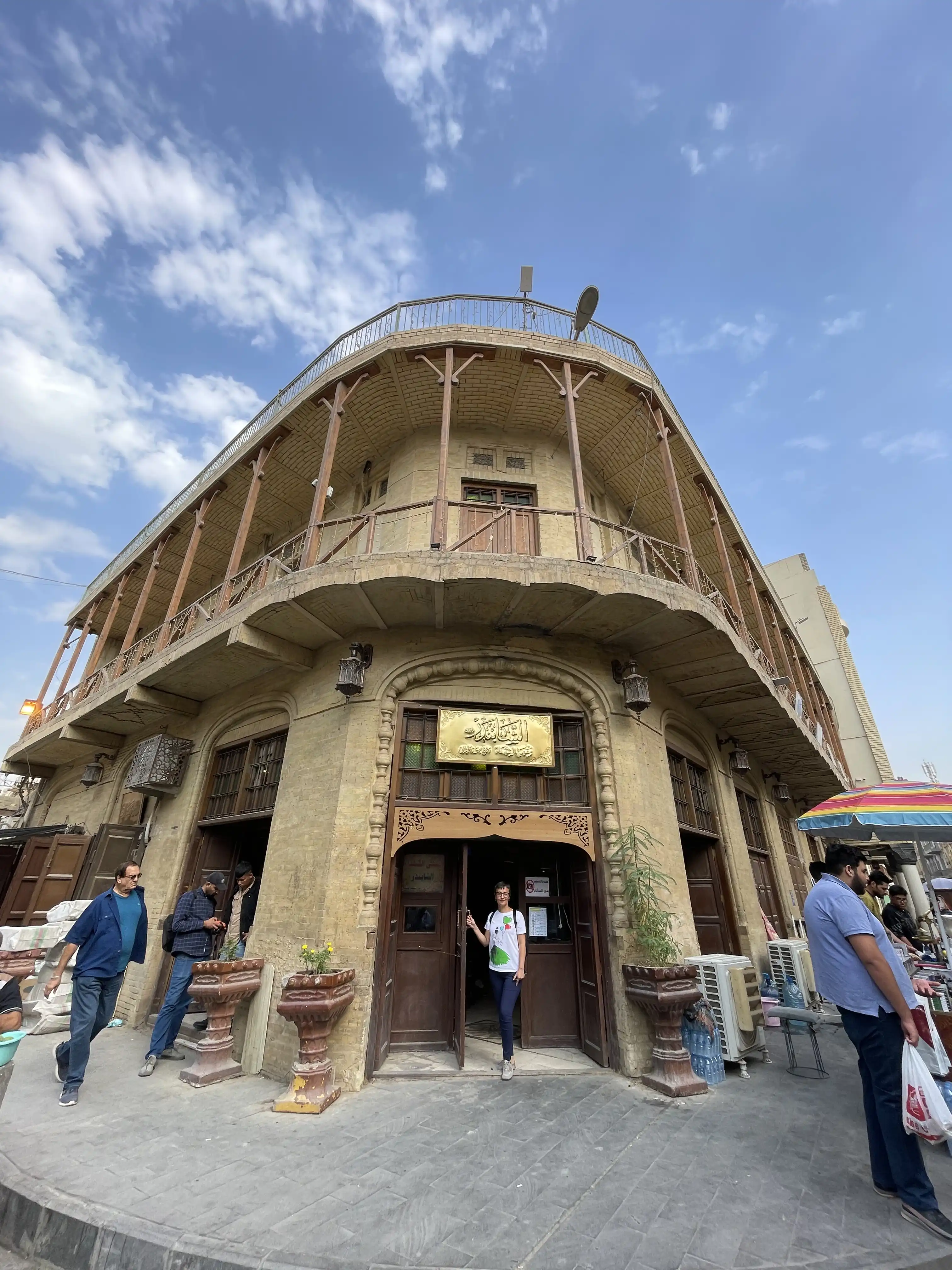
Ctesiphon Or Taq Kesra
HistoricTaq Kesra are the remains of a Sasanian-era Persian monument, dated to the 3rd to 6th-century, which is sometimes called the Arch of Ctesiphon. It is located near the modern town of Salman Pak, Iraq. It was the facade of the main palace in Ctesiphon, and is the only visible remaining structure of the ancient capital city. The archway is considered a landmark in the history of architecture,and is the second largest single-span vault of unreinforced brickwork in the world after Gavmishan Bridge.
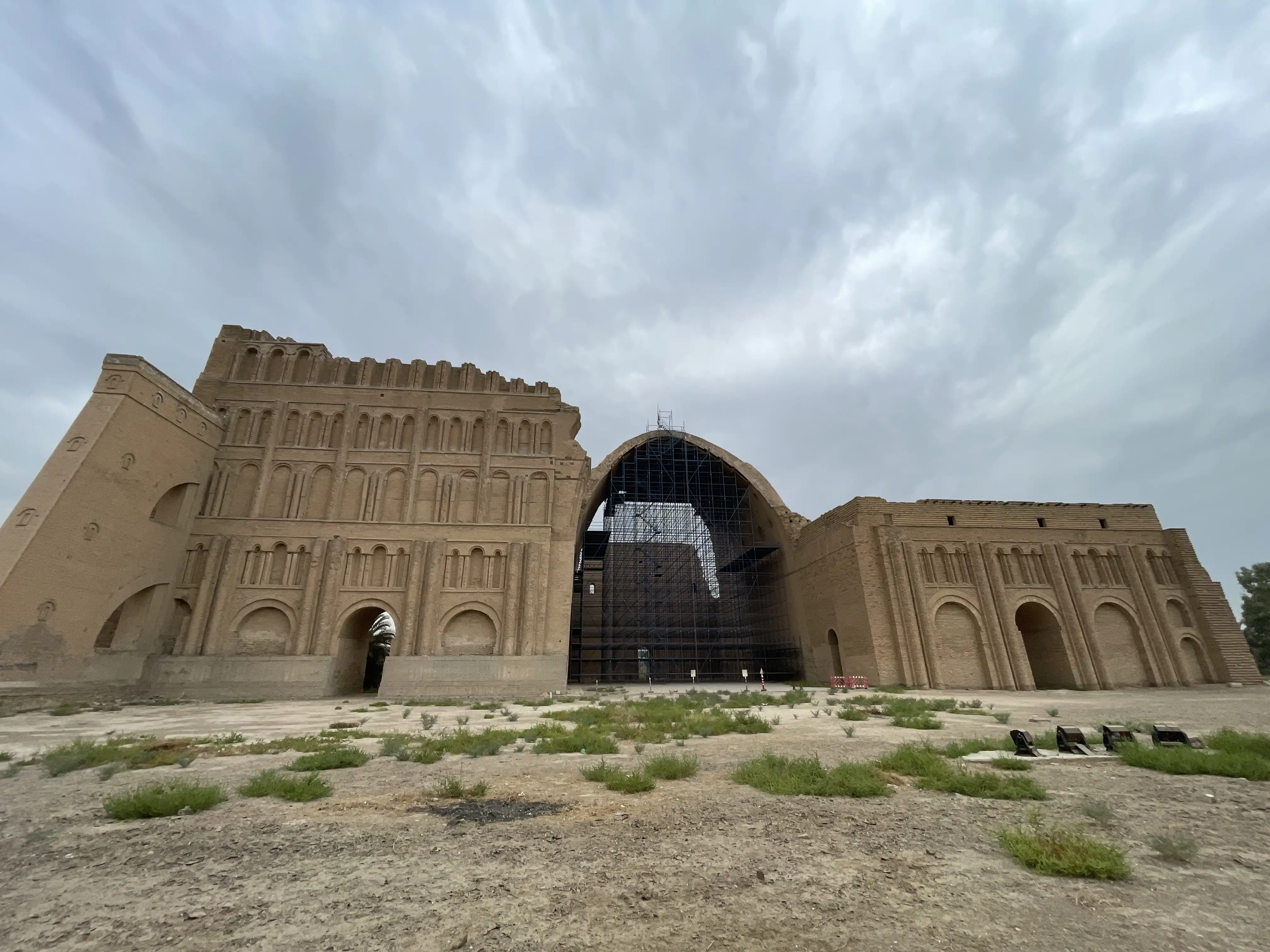
Dur-Kurigalzu or Agragof & Akerkov
ArchaeologyIts among the most important archeological cities ,and built according to architecting principles adopted by Sumerians and Babylonians ,it is about 30 km away from center of Baghdad on west-north of it .it had been built in the fifteenth century B.C
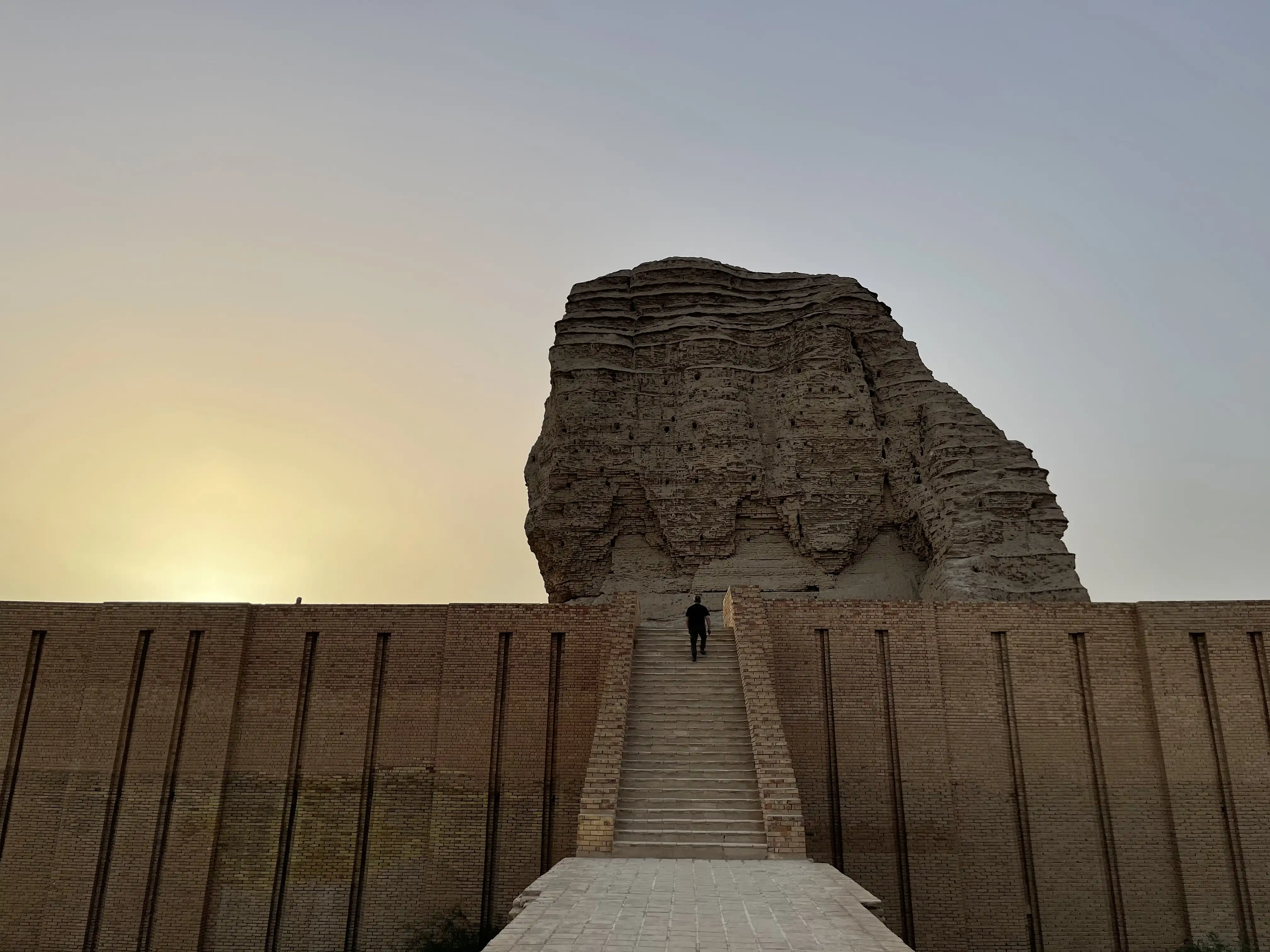
Firdos Square
Memorialis a public open space in central Baghdad, Iraq. It is named after the Arabic word Firdows, which means "paradise". The site has been the location of several monumental artworks. And two of the best-known hotels in Baghdad, the Palestine Hotel and the Sheraton Ishtar, are located on the square. The roundabout in the center of Firdos Square has been the site of several monuments beginning with the completion of the monumental arch The Unknown Soldier in 1959. It was subsequently replaced by the statue of Saddam Hussein that was removed by U.S. coalition forces during the invasion of Iraq in 2003.
Iraqi National Museum
ArchaeologyIraqi National Museum It is an archeological and historical museum ,located in Al-Alawi area ,shows collections of archeological pieces of Mesopotamia civilizations and antiquities of Islamic era in Iraq as well as ,reminds of stone ages ,its considered one of the most important and oldest museums in Iraq ,it comes in the second grade for its establishment after Egyptian museum and has no less value than it ,for its archeological and historical value ,which represents Iraqi civilizations and its history .its foundation returns to the period between 19231924- ,when the British archeologist (Gertrud Bill )collected Iraqi antiquities and put them in small place in the building of Sarai or Qishla .In 1926 and because of the increased numbers of antiquities and limitation of place, it had been decided to open another building in Al-Mamoon street and antiquities were transferred there ,then Ms Gertrud was appointed as a manager of Museum and Mr.R.S Coak followed 12 Iraqi National Museum her in managing the museum .in 1966 government decided for same reasons to transfer the antiquities to suitable place ,which they had built according to international standards ,where its located now in Al-alawi area and they changed its name to The Iraqi National Museum instead of old name (Baghdad Museum for Antiquities ).
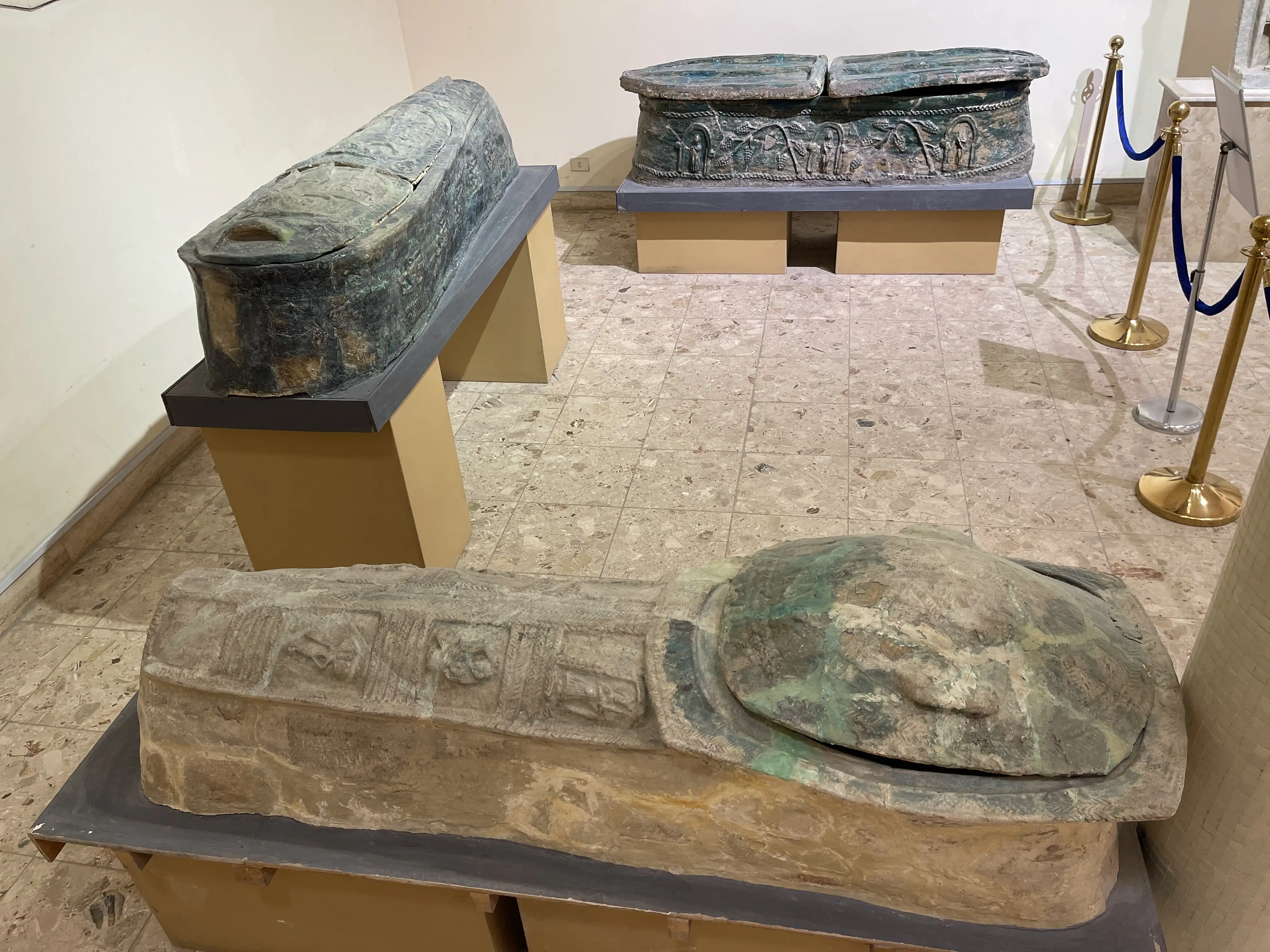
Martyr Monument (Nasb Al- Shaheed)
MemorialKnown as the Martyr's Memorial, is a monument designed by Iraqi sculptor Ismail Fatah Al Turk and situated in the Iraqi capital, Baghdad. It was originally dedicated to the Iraqi soldiers who died in the Iran–Iraq War, and has since grown to become generally considered to be a commemoration of all Iraqi martyrs.
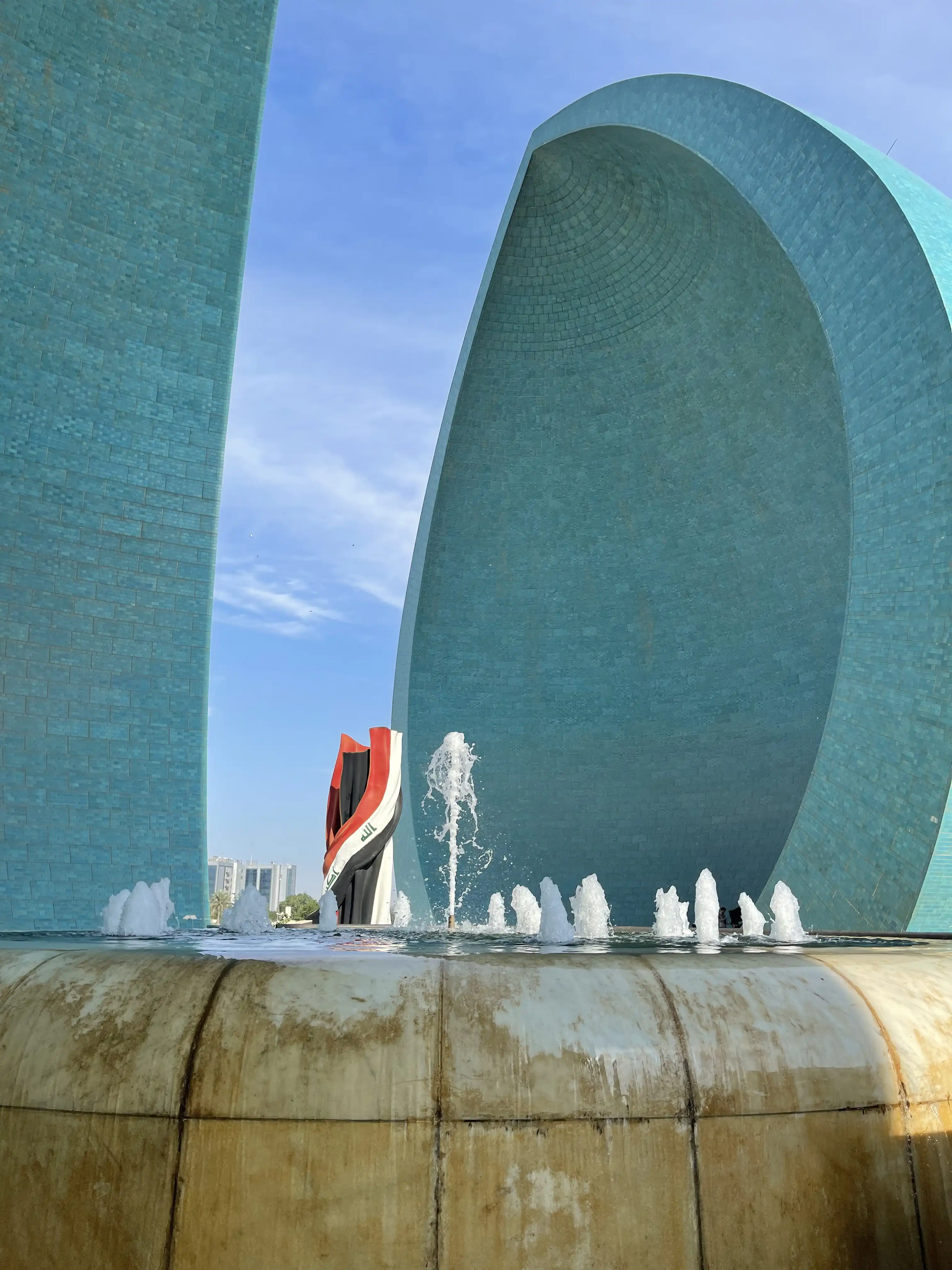
The Unknown Soldier Monument
Memorialis a monument in central Baghdad built by Italian architect Marcello D'Olivo it based on a concept by Iraqi sculptor Khaled al-Rahal and constructed between 1979 and 1982. It was dedicated to the martyrs of the Iran–Iraq War. In 1986 the national square of Iraq, Great Celebrations square, was built near the monument.